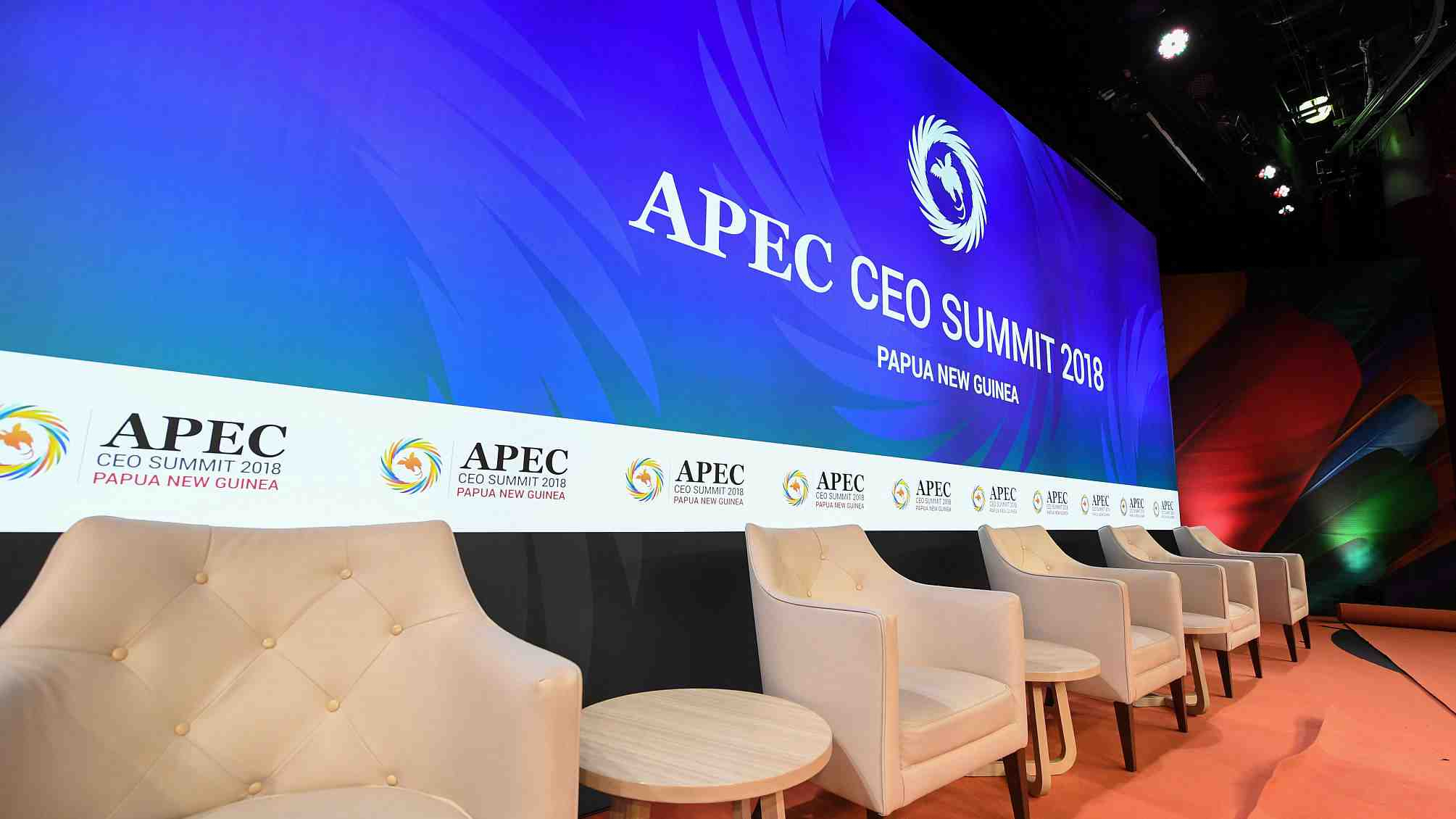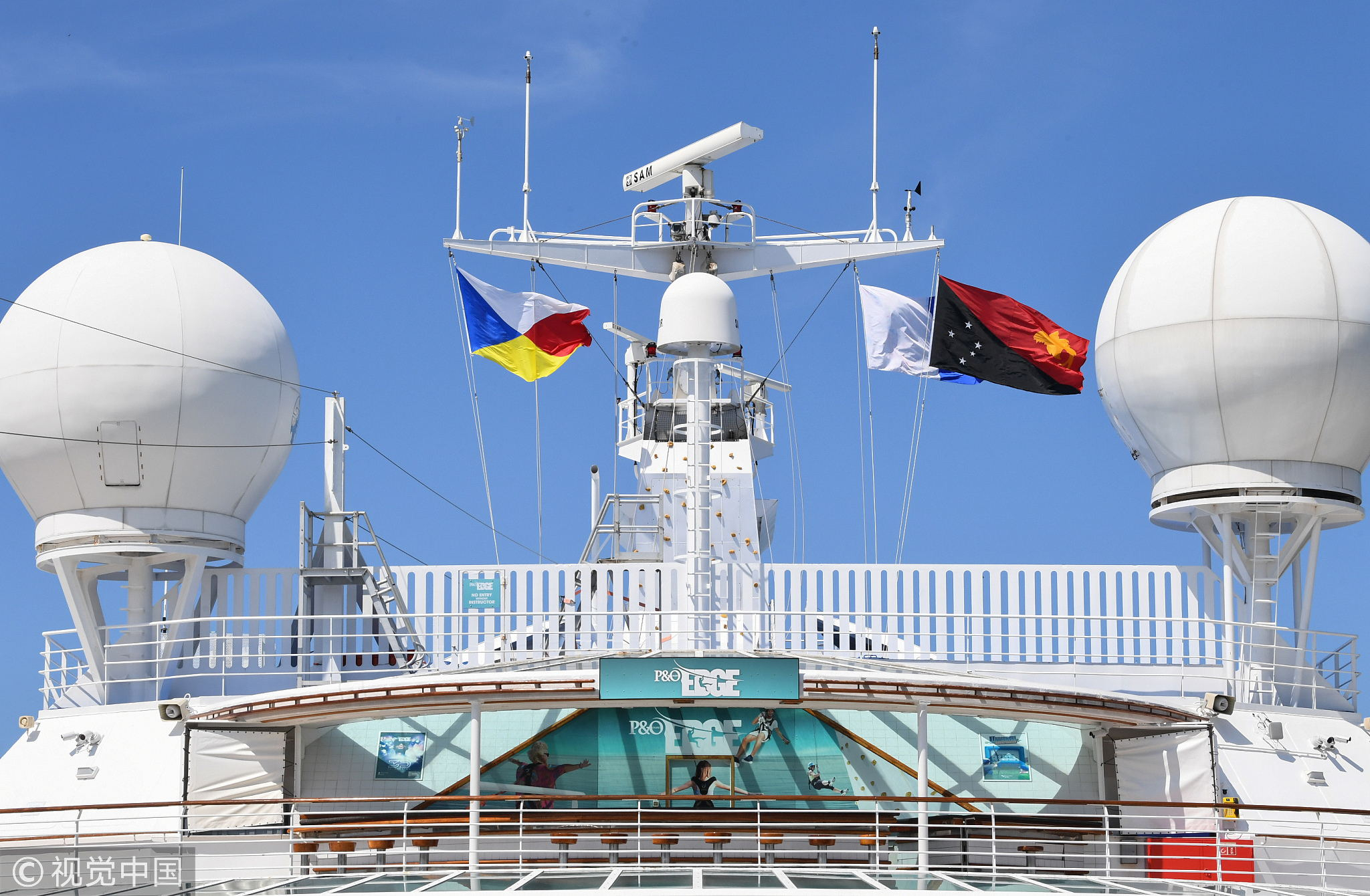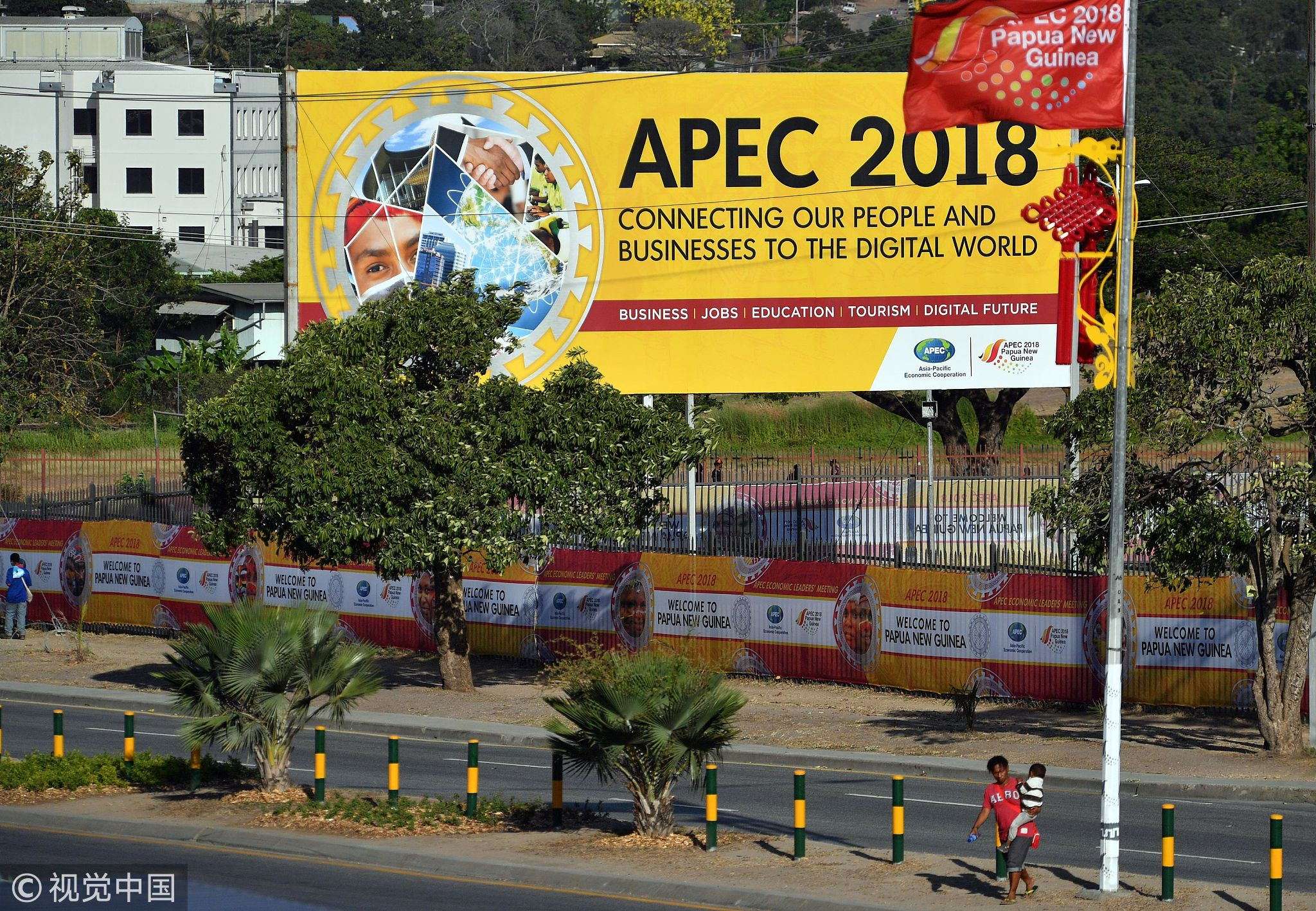
Opinions
08:29, 15-Nov-2018
Opinion: Inclusive growth a lightning rod against Asia-Pacific uncertainties
Updated
07:32, 18-Nov-2018
Chen Chenchen

Editor's Note: Chen Chenchen is deputy director and research fellow of Macroeconomics at Chongyang Institute for Financial Studies, Renmin University of China. The article reflects the author's opinion, and not necessarily the views of CGTN.
The leaders, ministers, and officials of the APEC member economies are gathering in Port Moresby, capital of Papua New Guinea this week, aiming to provide policy stimulus for Asia-Pacific trade and development.
Challenges are prominent, in an era of mounting uncertainties of the global economy, effort to build a common ground toward inclusive growth and economic integration remains the only way out.
One major challenge lies in rising protectionist sentiments, which accompany growing imbalance in the world economy and overshadow cross-border trade and investment. Washington, once an ardent advocate of free trade and multilateralism, has shifted toward “America First” and unilateral trade regime under President Donald Trump.
The Trump administration has again signaled its lack of interest in such international events. While President Trump would be absent from the APEC meeting, Vice President Mike Pence, who's sent to fill the position, is scheduled not to be staying in the host country but directly fly in and out from the Australian city of Cairns.
Reviewing the world's economic history, it is self-explanatory that openness and interconnectivity serve as a source of vigor for international economy and trade. With the faster growth in the world, Asia-Pacific is now reaping a series of new titles and acclaims, including the world's economic center, trade center, and innovation center.

P&O Pacific Explorer cruise ship, one of the three ships chartered to support PNG's historic hosting of APEC 2018 in Port Moresby, Papua New Guinea, November 14, 2018. /VCG Photo
P&O Pacific Explorer cruise ship, one of the three ships chartered to support PNG's historic hosting of APEC 2018 in Port Moresby, Papua New Guinea, November 14, 2018. /VCG Photo
As the global economic focus is shifting from North Atlantic to Asia-Pacific, responsibilities on the shoulders of regional leaders to share opportunities and boost openness are only growing heavier.
“Harnessing inclusive opportunities, embracing the digital future” is not just a slogan for this year's APEC meeting states, but also an urgent task that requires political wisdom and lots of specific work.
It is in such context that China's Belt and Road initiative and its insight into interconnectivity make a unique contribution. Empirical studies have implicated that economic interconnectivity promotes the alleviation of absolute poverty in developing countries, generating a prominent effect of inclusive growth.
The context of trade liberalization, regardless of absolute trade volume, serves as a strong propeller for low and middle-income countries to reduce poverty and reach inclusive growth.
In this sense, the Belt and Road projects, which set a series of top priorities including infrastructure, trade, and investment interconnectivity, is exemplary of Beijing's mindset. In order to keep benefiting from growth, one has first to build a world in which everyone is able to connect, trade, and share without being left behind.

The city gets decorated with flags and billboards of the upcoming APEC summit in Port Moresby, November 13, 2018. /VCG Photo
The city gets decorated with flags and billboards of the upcoming APEC summit in Port Moresby, November 13, 2018. /VCG Photo
In the last four decades of reform and opening up, China has followed an experimental approach, namely “crossing the river by touching the stones” raised by former leader Deng Xiaoping. An innovative path is now ahead of the Asia-Pacific community, with the new goal of boosting cooperation and integrating regional economy.
This is a region where development levels are extremely imbalanced, and unified standards and rules on cross-border trade and investment still need to be set up. There is simply no example for this area to reduplicate.
Inclusive growth is a prerequisite to ensure this integration process stay on the track. It serves as a lightning rod to help countries avoid the risk of being marginalized and shunning away from other partners.
At home, China is deepening reforms in its pilot free trade zones. It is boosting FTA construction in Asia-Pacific. It is also vigorously trying to integrate resources under the Belt and Road framework.
The fundamental belief of China is that greater openness is key to the country's ongoing economic transformation. This could only be accomplished through shared, inclusive growth.
A vivid lesson of our era is that while everybody wants to bring more trade benefits home, those who talk of it as a zero-sum game quickly lose the audience. Hopefully, the vision for inclusive growth would help APEC leaders consolidate common ground for policy dialogues and translate into more robust and efficient actions.
(If you want to contribute and have specific expertise, please contact us at opinions@cgtn.com.)

SITEMAP
Copyright © 2018 CGTN. Beijing ICP prepared NO.16065310-3
Copyright © 2018 CGTN. Beijing ICP prepared NO.16065310-3